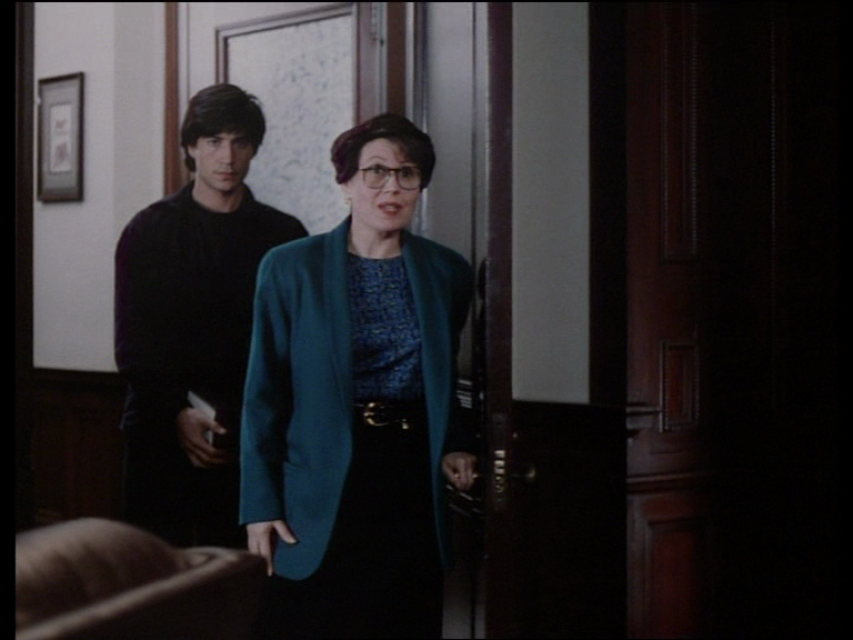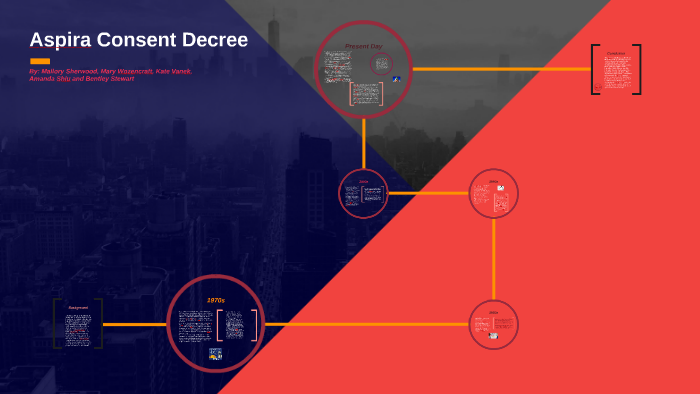
The Supreme Court unanimously reversed Plessy v.

Although the decision was related to the segregation of African American students, in many parts of the country Native American, Asian, and Hispanic students were also routinely segregated.

Ferguson that "separate but equal" public facilities, including school systems, are constitutional. Supreme Court issued its now infamous decision in Plessy v. This amendment, ratified in 1868 after the Civil War, declares in part: "No State shall make or enforce any law which shall abridge the privileges or immunities of citizens of the United States nor shall any State deprive any person of life, liberty, or property, without due process of law nor deny to any person within its jurisdiction the equal protection of the laws." Many of the cases discussed in this section are based on the due process and the equal protection clauses of the 14th Amendment. In this section we briefly review some of these cases and related legislation.įirst, however, we must consider the 14th Amendment to the U.S. The court decisions that grew out of these lawsuits have led to legislative changes that have helped to shape the policy climate of today. Historical reluctance by many states throughout the country to provide equitable educational opportunities to ELL and other minority students and controversies over the use of languages other than English in public schools have sparked a large number of lawsuits that address these issues. The article suggests that, although the courts have played an important role in bringing about a significant degree of institutional change, holding schools accountable for improved outcomes is likely to continue to require consistent and concerted community pressure and local- and state-level policy initiatives that, among other factors, give attention to the language-policy issues inherent in the status of Puerto Ricans.Important Court Decisions and Legislation It concludes that the board has failed to provide the program to large numbers of children, to systematically monitor the implementation of the program, and to evaluate the educational outcomes of the consent-decree program for LEP children. This article offers a 10-year overview of the implementation of the decree.

The suit resulted in a consent decree that required the implementation of a transitional bilingual educational program. In 1972, Puerto Ricans in New York sought to obtain equal educational opportunity for children with limited English proficiency (LEP) by suing the New York City Board of Education. Puerto Ricans are a unique Hispanic subgroup, though their experience in the public schools of New York City mirrors the experiences of other Hispanic groups around the country.


 0 kommentar(er)
0 kommentar(er)
